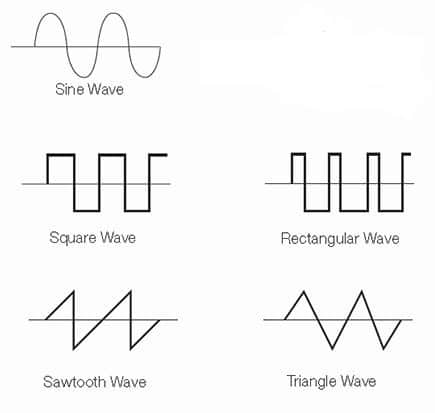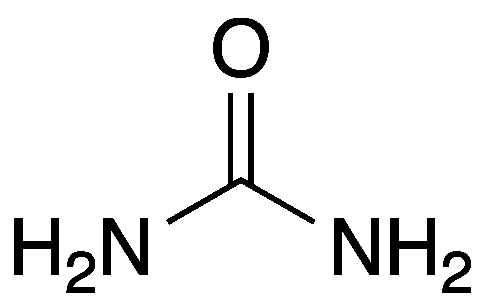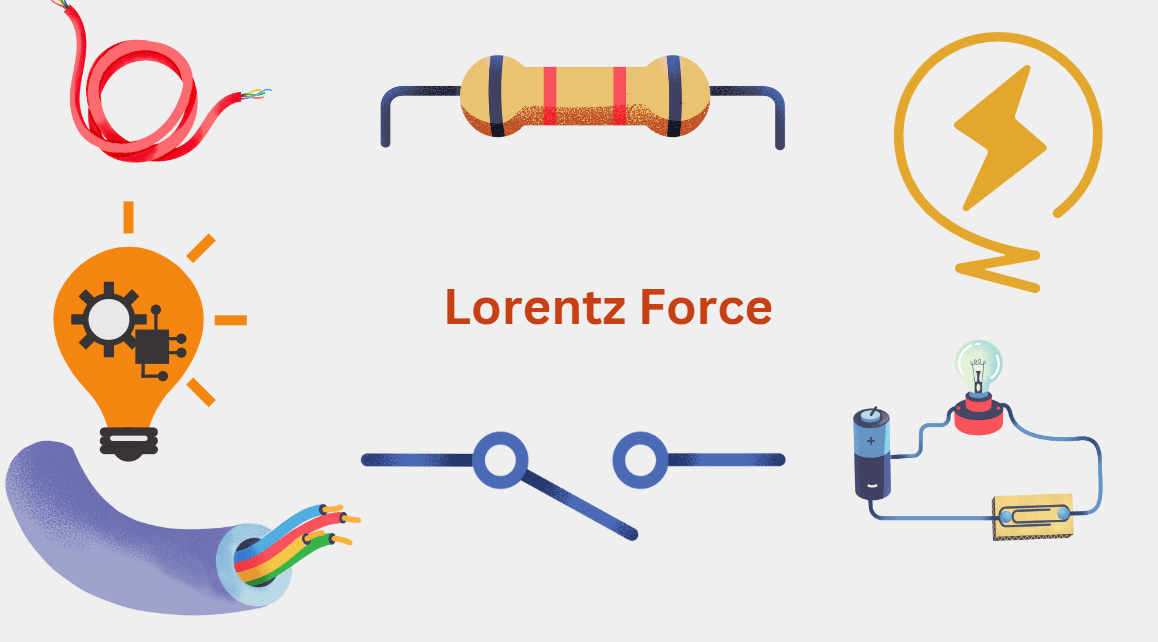Quarks in physics are the basic building blocks of matter. They are most commonly found inside protons and neutrons, the particles at the heart of every atom in the universe. Quarks appear to be truly fundamental particles based on current experimental evidence; they cannot be further subdivided.
A fundamental particle is not made of other particles and has no finite size other than its wavelength.
Quarks combine with one another via the strong force to form protons and neutrons, much like the latter particles combine in various proportions to form atomic nuclei.
All baryons, such as the proton and neutron, are made up of three quarks. All mesons, such as pions, are made up of a quark-antiquark pair. There are six flavours of quarks: up, down, strange, charm, bottom, and top. The flavour of the quark determines its properties. Quarks with a charge of +(2/3)e are called up-type quarks, and those with a charge of -(1/3)e are called down-type. Quarks always appear to combine with other quarks or with antiquarks, their antiparticles, to form all hadrons—the so-called strongly interacting particles that include baryons and mesons.
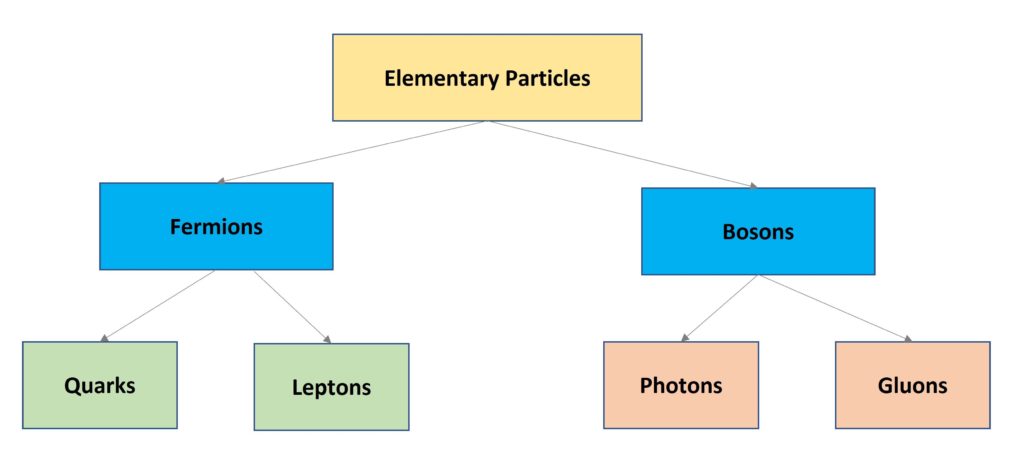
Table of Contents
Elementary Particles
A particle that is made up of no smaller particles is referred to as an elementary particle. Elementary particles are the universe’s building blocks. Elementary particles are the building blocks of all other particles and matter in the universe.
There are two main categories of elementary particles: fermions and bosons.
Fermions
Fermions are the particles that makeup matter. Fermions are the building blocks of all matter. Fermions are classified into two types of particles: quarks and leptons.
Quarks
Quarks are the fundamental building blocks of protons and neutrons. There are six types of quarks, each with a unique name such as up, down, charm, strange, top, and bottom. Physicists refer to the various types of quarks as “flavours.”.
Leptons
Leptons are elementary particles with spin 1/2 (a fermion) that are unaffected by the strong nuclear force. Electrons are a well-known example of Leptons.
Bosons
Bosons are particles that carry force. This means that they are made up of tiny energy bundles. A photon, which has a spin of one and carries electromagnetism, is an example of a boson. Bosons are classified into two types of particles: photons and gluons.
Photons
A photon is an electromagnetic energy bundle. It is the fundamental unit of all light. The photon is also known as a “quantum” of electromagnetic energy. Photons are believed to be fundamental particles.
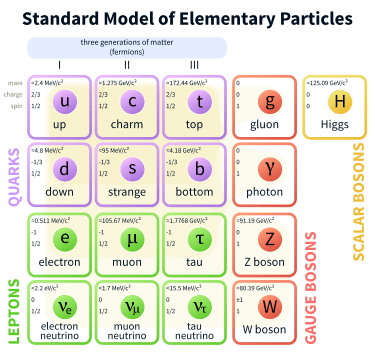
Gluons
The gluon is another type of boson. Gluons serve as the force carrier between quarks, resulting in one of nature’s fundamental forces, the strong force.
Gluons are the bosons of a strong nuclear force. They are devoid of mass. They hold quarks together to form mesons and baryons (like protons and neutrons), which are made up of two and three (or more) quarks, respectively. Quarks always have a colour charge and emit gluons to their other bound quarks, which changes their colour as well as the colour of the quark receiving the gluon.
Properties of Quarks
Quarks have a variety of properties such as mass, electric charge, and colour.
Their mass indicates how heavy they would be if they could be weighed.
In addition, they can also have a positive (+) or negative (-) electric charge. The charge on up, charm, and top quarks are positive 2/3. The charge of down, strange, and bottom quarks is negative by one-third. Protons are positive because they have two up quarks and one down quark, resulting in a net positive charge: ((+2/3) + (+2/3) + (-1/3) = +3/3 or +1).
Daily Life Significance of Quarks
Quarks are fundamental particles that makeup protons and neutrons, which are found in the nucleus of atoms. While we cannot observe quarks directly in our daily lives, their presence has a profound impact on the world around us. Here are some examples:
- Electricity: Atoms are made up of protons, neutrons, and electrons, and the movement of electrons is what produces electricity. Quarks are the fundamental building blocks of protons, which in turn are a key component of atomic nuclei, and without them, the complex structures that generate electricity would not exist.
- Medical Imaging: Quarks are used in medical imaging techniques such as positron emission tomography (PET), which relies on the decay of radioactive isotopes that produce high-energy gamma rays. These rays are detected by sensors and used to produce images of the body’s internal organs and tissues.
- Nuclear energy: Nuclear energy is generated by harnessing the energy released from splitting the nucleus of an atom. This process is made possible by the strong force that holds quarks together in the nucleus.
- Everyday materials: Quarks are present in everyday materials such as concrete, steel, and plastics, which are essential for the construction of buildings and other structures.
- Particle accelerators: Particle accelerators use electric and magnetic fields to accelerate particles, including quarks, to nearly the speed of light. These machines are used in scientific research and have led to many important discoveries in particle physics.
Types of quarks
Quarks are of six types, called up, down, charm, strange, top, and bottom.
Up Quark and Down Quark
Protons and neutrons are made up of two types of quarks: up quarks and down quarks. Each up quark has a +2/3 charge. Each down quark has a -1/3 charge. The electrical charge of a nuclear particle is determined by the total of the charges of the quarks that make up the particle. Protons are made up of two up quarks and one down quark.
Charm Quark
The charm quark is one of the fundamental building components of ordinary matter. It has hundreds of times the mass of protons and neutrons, which are made up of up and down quarks.
Strange Quark
Strange quarks are the third lightest quarks, which are subatomic particles so tiny that they are thought to be basic particles and cannot be further divided. Strange quarks, like down quarks, have a charge of -1/3.
Top Quark
The most massive quark is the sixth flavour of quark, top. It is approximately 35,000 times heavier than the up-and-down quarks that constitute the majority of the matter we see around us.
Bottom Quark
The bottom quark has a charge of -(1/3)e and is a third-generation quark.
Summary
- Quarks are fundamental particles that combine with one another via a strong force to form protons and neutrons.
- Fundamental particles are of two types: fermions and bosons.
- Fermions are classified into two types of particles: quarks and leptons.
Frequently Asked Questions
1. What are quarks in simple terms?
A quark is a kind of matter particle. The vast majority of everything we see around us is made up of protons and neutrons, which are both made up of quarks.
2. Is there anything smaller than a quark?
A quark is a basic particle that is tiny than any measuring device we presently have. Following the discovery of quarks inside protons and neutrons in the early 1970s, several theorists proposed that quarks may contain ‘preons.’
3. Are electrons made of quarks?
Electrons are a different type of basic particle (lepton), while quarks are a different type of fundamental particle (lepton).
4. Can a quark be split?
Mesons and electrons formed from quarks and antiquarks contribute to the evidence that quarks and antiquarks are divisible particles.
5. What is energy density in physics?
The quantity of energy stored in a specific system or region of space per unit volume is referred to as energy density in physics.
6. What is Quantum chromodynamics (QCD)?
Quantum Chromodynamics (QCD) is the branch of physics that studies the behaviour of quarks and gluons, which are the fundamental particles that make up protons, neutrons, and other hadrons. It is a theory of the strong nuclear force, which is one of the four fundamental forces of nature, along with electromagnetism, the weak nuclear force, and gravity.
7. Why is thermal mass important for passive solar?
Thermal mass is an important and complementary component of passive solar design. Thermal mass refers to a material’s ability to receive, store, and release heat energy from the sun.
8. What is Particle physics?
Particle physics is the branch of physics that studies fundamental particles and their interactions. It is concerned with understanding the nature of matter and the forces that govern its behaviour at the smallest scales, from subatomic particles to the early universe.
Particle physics uses high-energy particle accelerators to produce and study the behaviour of subatomic particles, such as electrons, protons, neutrons, and neutrinos. These experiments help physicists to identify the fundamental building blocks of matter and the fundamental forces that govern their behaviour.
9. What are Elementary particles?
Elementary particles are the most basic building blocks of matter, and they are not made up of any smaller particles. They are also called fundamental particles or subatomic particles. These particles include quarks, leptons, and gauge bosons.
More Interesting Topics
How Many Neutrons Does Hydrogen Have?
Thermal Energy Equation- Simple Overview
Energy of Light
White Light & Working Principle of Prism
- BCl3 Lewis Structure in four simple steps - November 1, 2023
- PH3 Lewis Structure in four simple steps - October 8, 2023
- PF3 Lewis structure in four simple steps - September 24, 2023

